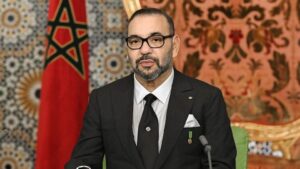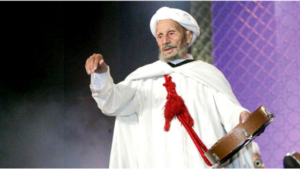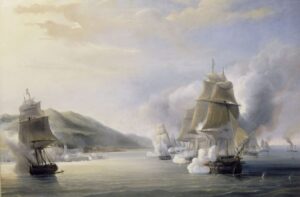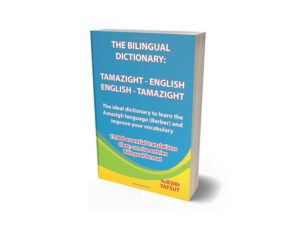Hurdles facing Amazigh Culture in Morocco

Historically the Amazigh have faced many obstacles and hurdles in the recognition and expression of their history, language, and culture. These boundaries are strongly influenced by historic conflicts and disagreements within Morocco. With over 60 percent of the Moroccan population having Berber descent, the issues are now at the forefront of politics and the cultural identity in Morocco. Today, the issues are no longer battled through swords, but through politics, society, and the media. These historic problems are still at the root of the issues that have hindered Amazigh/Berber culture in the modern era. Today, there is a strong focus within the Amazigh community to promote the Amazigh language, Tamazight, fight for more representation in the Moroccan government, and improve the recognition of Amazigh in influencing and being a crucial part of Moroccan culture.
Salient Aspects of Amazigh culture
The most popular and easily identifiable aspect of the culture is the language known as Tamazight. Tamazight is widely spoken across Morocco, however for decades was not recognized as an official language or used by the government or media for coverage of events or important documents. When in 1980 the “Berber Spring” in Algeria sparked more support for the Berber cause in the MENA region, the fight for Tamazight recognition was finally more widely acknowledged by society. However, at this time, the Moroccan government still did not make any changes or pay much attention to the fight for Tamazight legitimacy. In 1994, after a widely publicized arrest of Amazigh protesters, King Hassan II publically declared that Amazigh dialects were an important part of Moroccan history and culture. He even admitted that that should in theory be taught in state schools. This was the first time a King directly confirmed and acknowledged the importance of the Amazigh culture and language.
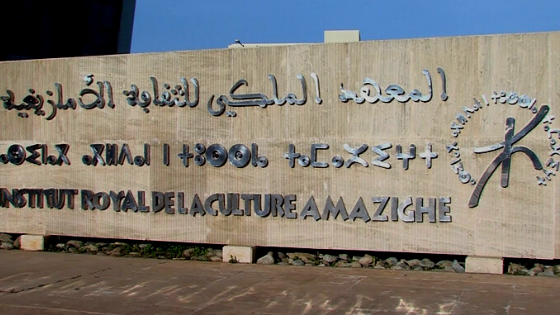
A few years after King Hassan II’s speech, a Royal Decree was written to create the Royal Institute of Amazigh Culture (IRCAM). The IRCAM was meant to ease the protests and Amazigh activists. Its main duty was to promote Amazigh language and culture within Morocco. It was to standardize Tamazight with the hopes of slowly introducing it into public schools and the media. However, the integration of Tamazight didn’t occur until a few years later in 2005 and only in Berber speaking areas. Even with the government dragging their feet, the Amazigh community still had many feats that were not seen as possible decades before.
In 2011 there were demonstrations across the country demanding for more changes in Morocco. King Mohammed VI quickly responded to the protestors and publicly promised that there would be sweeping changes. At this time, a new constitution was written to give more freedoms and social protection to citizens. In the contestation Tamazight was finally legitimized as a national and official language of Morocco. This was a huge step for Amazigh activists. The new constitution has set a new path for the Amazigh activists to follow and improve their standing and recognition in Morocco as a legitimate source of history, knowledge, and culture.
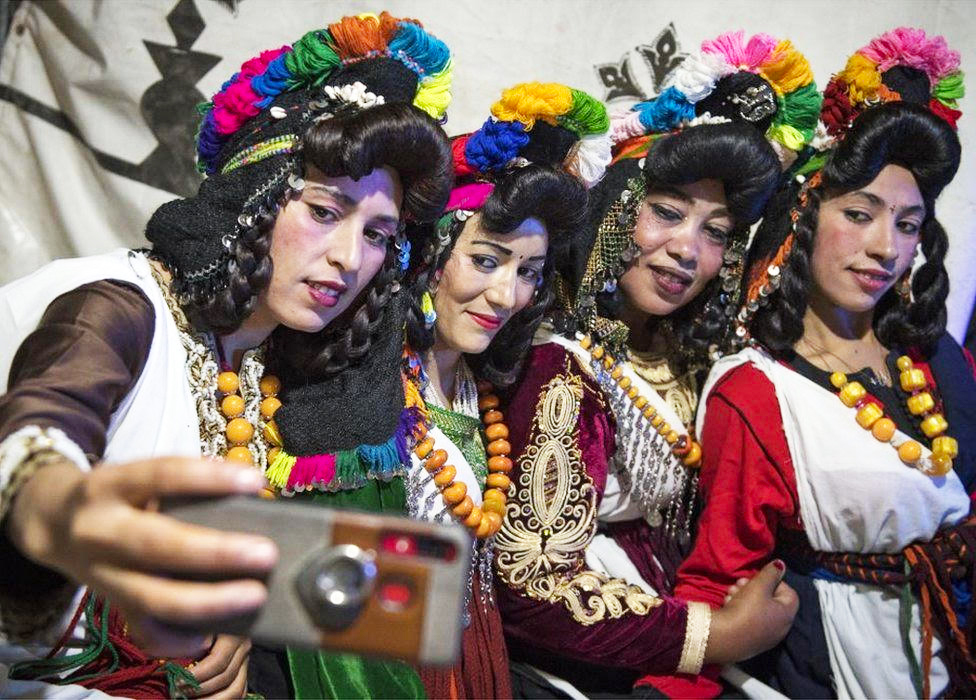
Anti-Amazigh sentiment
Today, the Amazigh community still faces many problems that are rooted in the anti-Amazigh sentiment across Morocco. For one, with the Tamazight language, while it is now recognized as an official language, there are still many problems with how it is being used and received. The government uses French (not even an official language) and Arabic for all their documents. Many times documents are not published in Tamazight and therefore leave the language still at a standstill and behind Arabic in its legitimacy to to the country.
There is also the problem of the lack of implementation by IRCAM in integrating Tamazight into state schools across the country. While some areas may teach Tamazight, others do not. It is not uniform in the enforcement of promoting the language. IRCAM has been notoriously known for being a governmental department without actually doing substantial work. People have accused the government of using IRCAM as an excuse to show the population that they “care” about the Amazigh culture and language.
Overall, there is still widespread denial from the Arab society and the government that Tamazight is an important and “true” language. Because Tamazight was historically oral, its unwritten past is seen as illegitimate. In addition, the belief in the Arab world that Arabic is the language of paradise, automatically places Tamazight behind it in importance.
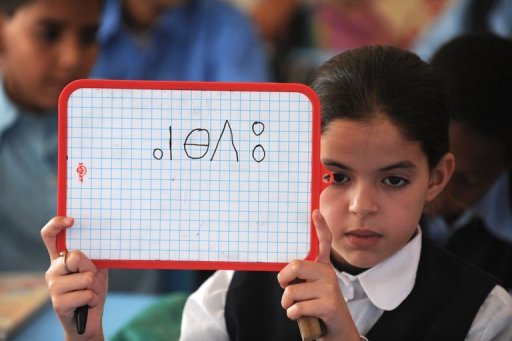
There is also the modern issue of representation of the Amazigh community within the Moroccan government. Since the new century and the new constitutional reforms, the Amazigh community has grown more and more politically active. In 2005 they even created an official Amazigh party, The Moroccan Amazigh Democratic Party (PDAM) intended to campaign for political secularism, Amazigh Rights, and cultural recognition. However, soon after the party was formed, the Moroccan government banned the party from participating within the government due to the Moroccan law that strictly forbids the formation of parties on ethnic or religious principles. Because of that, the party was dissolved in 2007. Even after 2007, Amazigh activists still found ways to campaign for their rights and recognition.
Today, there are now Amazigh based parties formed on the lines of rural areas and marginalized populations. These parties heavily support the Amazigh fight. The largest of these parties is the Mouvement Populaire (MP). In 2007, the MP claimed over 9 percent of votes, putting them in the top three largest parties within the Moroccan Parliament. This is a start to more and more support by the government of the Amazigh cause, hopefully improving Amazigh involvement, influence, and legitimacy in Morocco.

While there have been many efforts by the Moroccan government to subdue any Amazigh influence and parties within the government, they have still been able to make their voices heard. While it is a long process, the Amazigh fight is slowly gaining more support within society, but more importantly within the government itself. The activists will still have to keep pushing for governmental control, more autonomy, and more recognition of Tamazight, but they are on their way. Politically, the Amazigh now have their foot in the door, hopefully over time, opening it more to become a main influence on Moroccan policy and therefore improve Amazigh conditions.
Amazigh media
Lastly, one of the biggest problems the Amazigh are facing today is the lack of true recognition by the media and civilians of the importance of the Amazigh culture and language to modern Moroccan society. While society has more openly accepted Amazigh as a historically important culture, there is still some resistance and hesitance by society to allow it to blossom as much as it can. After the new constitution in 2011, there have been many reforms and creation of TV channels and newspapers that are in Tamazight.
Tamazight 8 is the most popular Amazigh TV channel, playing TV shows, movies, and newscasts in the Amazigh language. However, there are still problems. This is the only channel on TV that officially broadcasts in Tamazight. All other channels are either in French or Arabic. The access of this channel is also limited by the fact that shows and broadcasts are not always in Tamazight at all times of the day. There is still some sprinkling of Arabic involved in the channel. Such intermingling and lack of full access to Tamazight prove that the community at large has still not fully accepted Amazigh culture and the Tamazight language into Moroccan society. Even with other media outlets, there is still limited supply and access of Tamazight and Amazigh newspapers, films, music, and publications. While these media outlets are beginning to become more popular, there is a lack of means to support their growth and promotion.
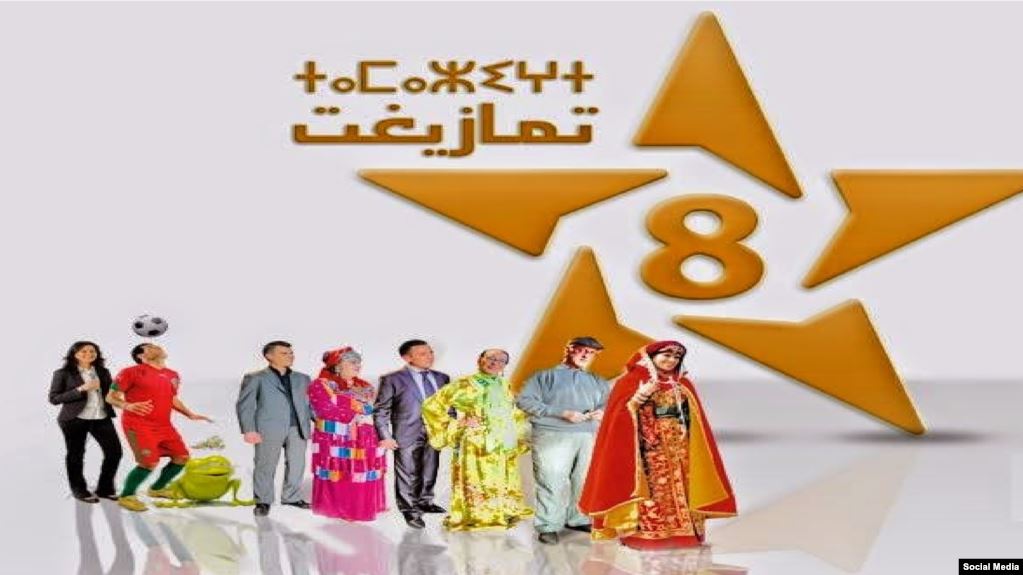
As time continues the Amazigh community hopes for more governmental support in promoting these media outlets in advocating for the Amazigh cause and educating the public on the Amazigh community.
Final word
Overall, the Amazigh community’s fight for recognition and equality is still not complete in the 21st century. They have faced many obstacles through the lack of governmental and societal support. However, their fight for recognition in all aspects of society, advancement and teaching of their language, and improved representation in government has not burned out their drive to be acknowledged as a respectful and legitimate part of Moroccan society.
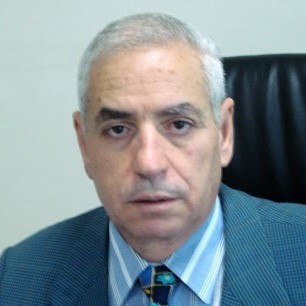
Dr. Mohamed Chtatou is a senior professor of business communication at the International University of Rabat -IUR- as well at Mohammed V University in Rabat. He is currently a political analyst with Moroccan, Gulf, French, Italian and British media on politics and culture in the Middle East, Islam and Islamism as well as terrorism.

